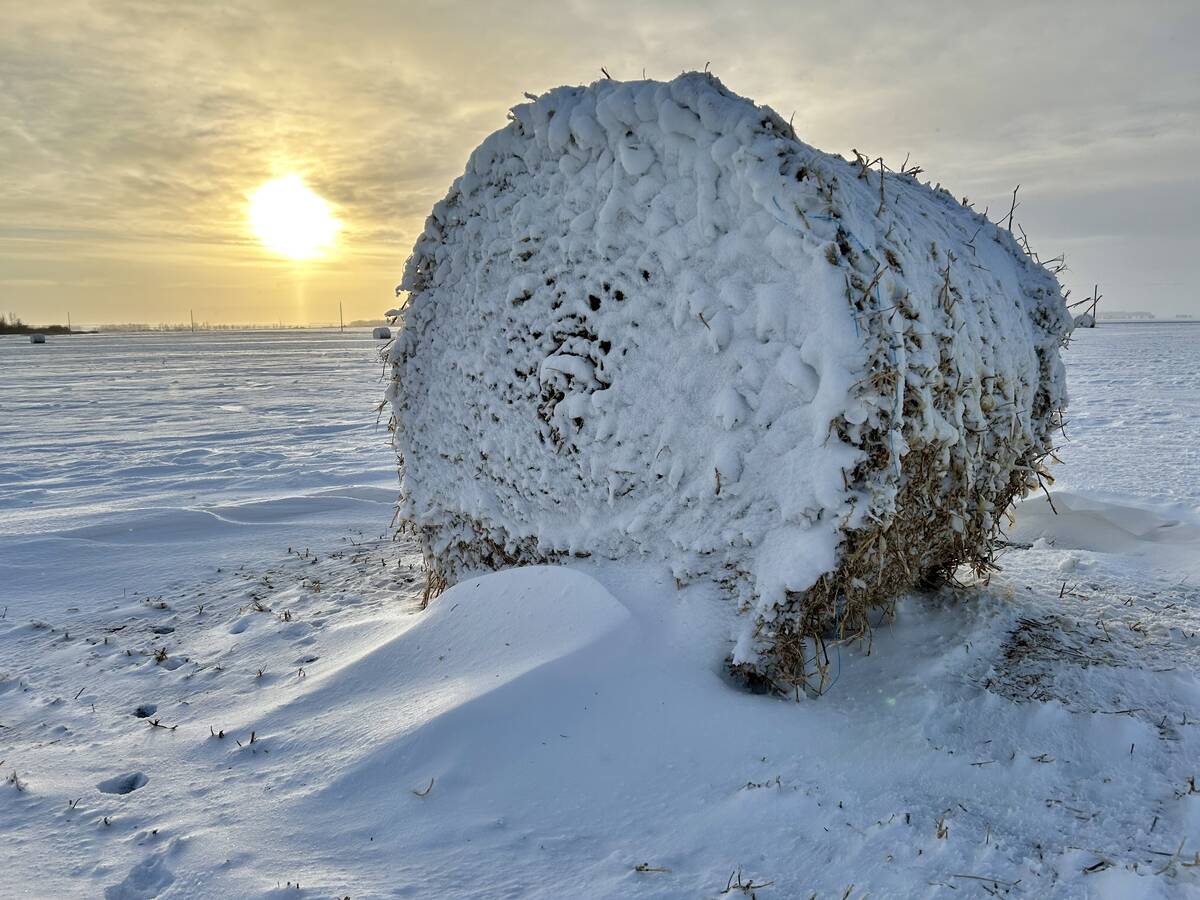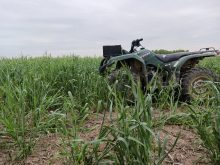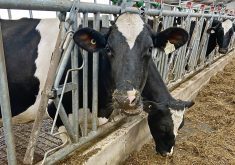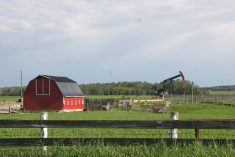You’ve discovered a partly eaten carcass, but did the animal die after being attacked or was it scavenged after? The Alberta government has developed a guide to help producers before calling an investigator.
A lack of blood near the carcass suggests scavenging. An animal that was attacked, especially by several animals such as wolves, will often leave a blood trail leading to its final resting spot.
While there may be tearing, missing muscle and teeth marks on the outside of a carcass, the inner side of the hide tells more of the story. An animal that has died before being fed on will not show evidence of bleeding or hemorrhaging on the inside of the skin. An animal bitten while still alive will bleed at the puncture marks as the heart is still beating and circulating blood. Once the heart has stopped, blood will not be pumped out of the puncture wounds.
Read Also

Prairie winter snowfall forecast 2025-2026
How much snow should farmers in Alberta and elsewhere on the Canadian Prairies expect for the rest of December 2025 and into January-February 2026?
When an animal is attacked while alive, the flesh wounds under the hide bleed profusely, creating a much different appearance once the hide is pulled back to reveal the damage, or lack thereof.
A scavenged animal may have its legs curled up and tucked in close to its body, which is not an indication of a violent struggle.
Attack methods
The guide also shows differences in the ways that animals attack. Wolves will tackle their prey from behind and as a result, a cow’s tail may often be found stripped, and there will often be bite marks and lacerations on its hindquarters.
Once the prey animal is weakened by blood loss and trauma, the wolves may move in for the kill and bite marks and lacerations may also be found on the nose, under and behind the front legs, as well as on the ears. When preying upon younger or smaller animals, wolves may target the animal’s back.
While wolves account for 74 per cent of livestock compensation claims, bears, coyotes and cougars will also occasionally prey upon domesticated livestock. Bears are ambush hunters and damage will often be found on the top of the animal, such as its back, skull or neck. Unlike wolves and cougars, bears will eat the stomach of its prey. Grizzly bears are larger and capable of ambushing a mature cow. Black bears will more frequently prey on calves.
Cougars stalk their prey and when they make a kill, they are precise. They will typically kill by biting at the head and neck to crush the skull and neck bones or by biting at the throat to crush the windpipe.
Cougars have an especially unique characteristic which can be used to identify their handiwork – they shear the hair off the dead animal. They prefer to eat the heart, lungs and liver first, so they will clean an entry point for access to the choice organs.
TheRancher’s Guide to Predator Attacks on Livestockcan be found at www.srd. alberta.ca.














